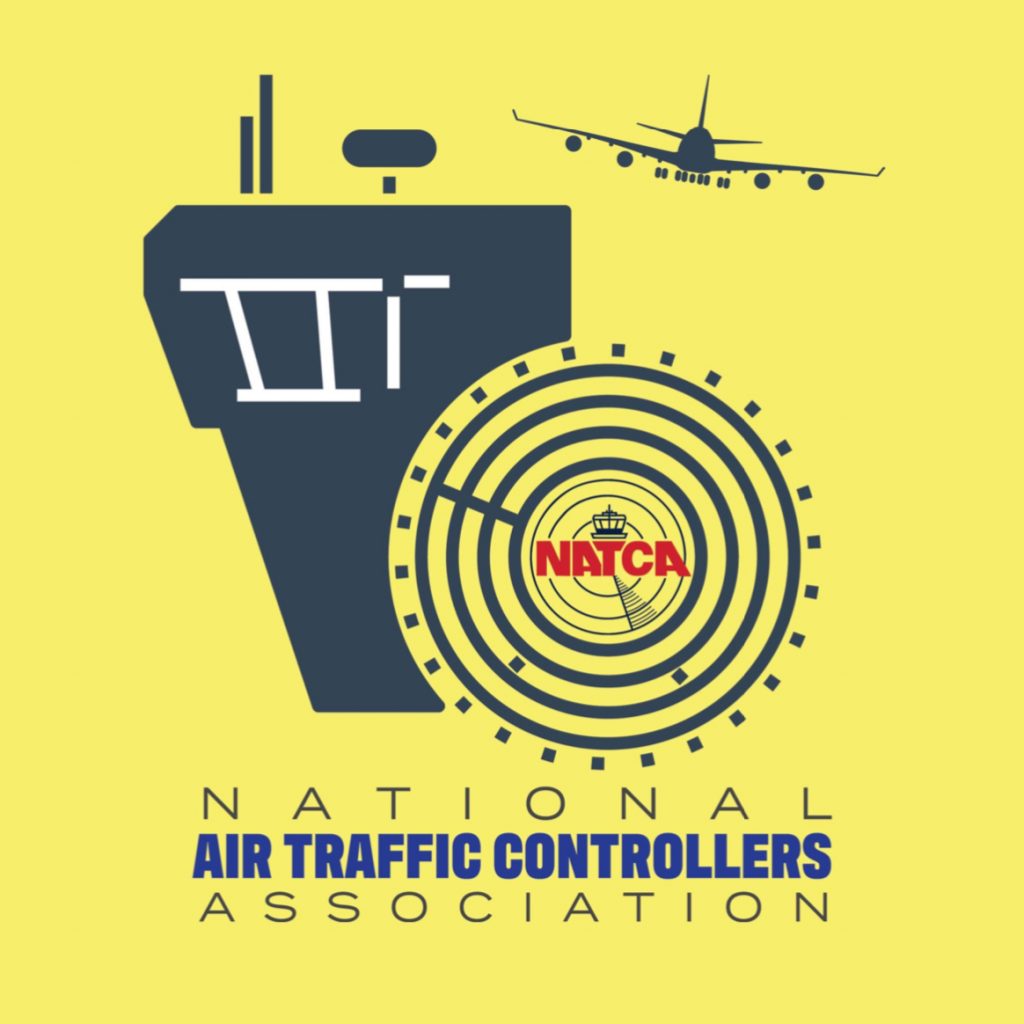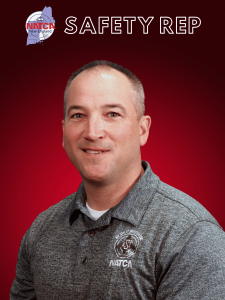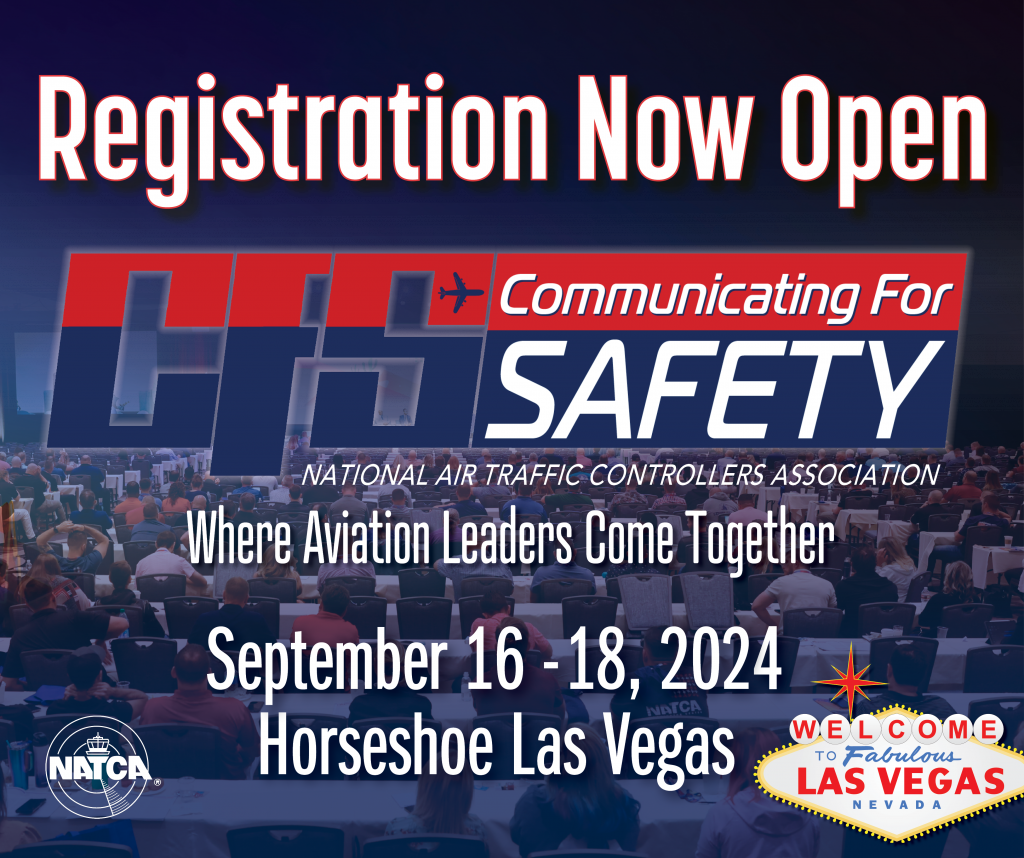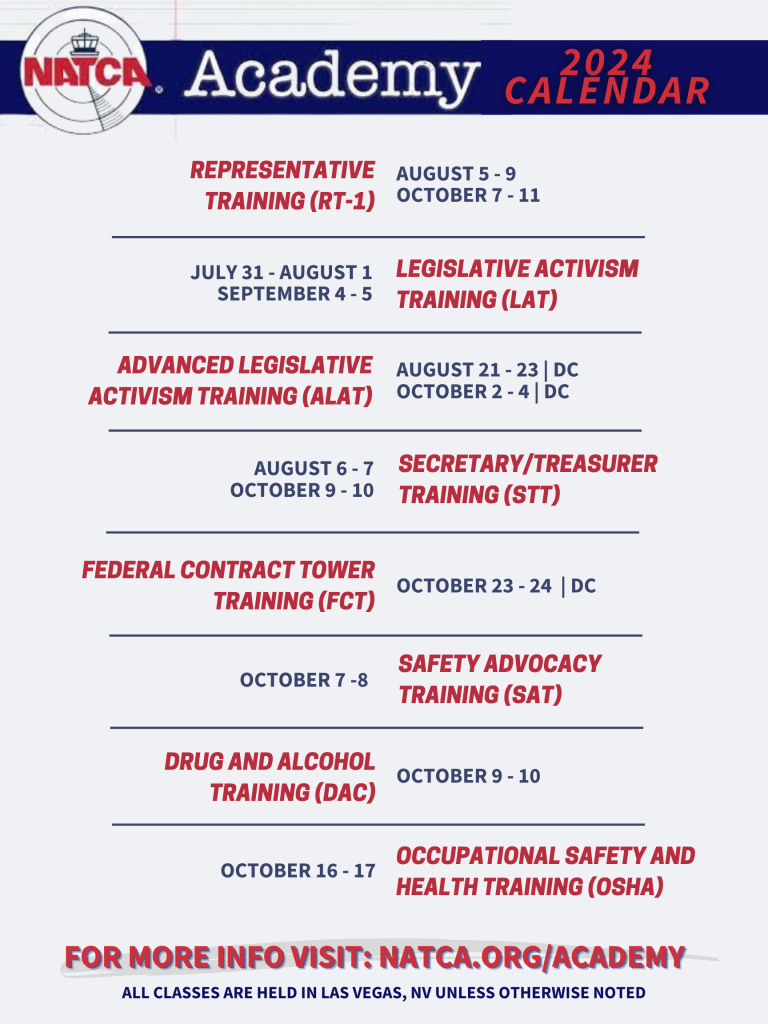
June 2024 New England Bi-Monthly Regional Update #2
From Bryan Krampovitis, NATCA New England ARVP

On Tuesday, LR Lead Nick Marangos, Hanah Wiseman, Lisa Fulford, and I attended PAR, pre-arbitration review. Nick and I argued a case for ZBW which was an interesting case on a topic neither of us had encountered in our years involved in the LR process. Article 17 of the NATCA Slate Book covers position descriptions and I can say with certainty that in the past six years, we have never argued a grievance for an Article 17 violation. However, Article 17 grievances do arise in some of our non-ATC bargaining units, and Region X has taken some to arbitration in recent years. With all that said, I was excited to tackle a topic we hadn’t come across before.
The grievance from ZBW involves controllers being assigned the task of changing out overhead radar console maps every 56 days. These maps are located above the radar, with roughly 12-14 maps in each area of ZBW. Controllers are tasked with removing two plates of thick plexiglass, changing the map in between, and returning the map and plexiglass to the overhead console, sometimes requiring a step stool or ladder for shorter controllers. For years, ZBW has tried to work with management to reassign this work. At one time, management agreed to reassign the work to a non-controller but later changed their mind due to supposed schedule/security issues.
Later in this email, Lisa will provide an overview of the entire PAR, so I won’t go into all the details. However, among many other points, the union’s main argument was that changing the maps did not align with the primary duties of controllers—the control and separation of aircraft—defined in both the contract and the ATCS position description. When a grievance is elevated out of a facility, it proceeds to PAR, where a neutral arbitrator gives an opinion on which side has the best chance of winning if the grievance is taken to full arbitration. The outcome of this decision determines who pays for arbitration, depending on the result.
In this case, the neutral ruled in favor of the union and strongly asserted that this work could not be assigned to controllers. So what does this mean for us? What happens next? Why is this case so important?
The agency has now been warned that they will likely lose this case if it goes to arbitration. This is the type of case NATCA considers a good candidate for arbitration because it protects our rights to negotiate position descriptions and shields our members from being assigned non-aircraft control work. If NATCA proceeds to arbitration and we win, the FAA will have to cover the entire cost of arbitration, usually around $30,000.
The decision to take the case now goes to the National Grievance Review Team, which I have represented New England on for the past 2+ years. Here, I present the case to the rest of the GRT, and a vote will be taken on whether to recommend our president take the case to arbitration. Given the strength of this case and its potential impact on centers across the country, I am confident it will be recommended for arbitration.
There is one other possible outcome. The FAA could accept the union’s proposed remedy to the grievance and issue a sustainment. This would essentially have the same outcome as going through full arbitration, and the information could be used in all the centers across the NAS where this work is incorrectly assigned. They would still have to do the work and make the case, but they would have the winning roadmap in hand.
Congratulations to the members at ZBW. It was wrong for this work to have been assigned, and I believe the end of these assignments is coming soon. It’s also very possible that ZBW could be the reason these inappropriate work assignments stop in all centers across the country. We will keep you all informed on the final outcome.
From Steve Brown, NATCA New England ARVP

Every election cycle has the same message: “This is the most important election of your career as an Air Traffic Controller.” This time is no different.
NATCA is a labor union that was established to preserve, promote, and improve the working conditions of air traffic controllers and other aviation safety professionals. As federal sector employees, nearly all facets of our lives, both professional and personal, are affected by decisions made by our elected federal officials; including Members of Congress and the President.
It’s vitally important we engage and support these individuals in order to strengthen our NATCA Majority–a bipartisan coalition of congressional members who have worked with NATCA on issues important to the membership and the National Airspace System.
NATCA is aggressively participating in the 2024 election cycle and working to keep our NATCA Majority in office. That’s where all of you can come in.
Please take a moment to sign up and put your name on a volunteer list by clicking here.
In the coming months, I will use this list to reach out as events become available to help local and national campaigns. Some things we will be doing include text and phone banking, delivering yard signs, stuffing envelopes, handwriting postcards, and any other thing these campaigns need. You’ll receive two t-shirts for signing up and you are not locked into participating in anything.
New England’s goal is to continue to lead this union nationally in everything we do. We’re shooting for 10% participation this election cycle–we currently sit at 6%. Help us to keep moving the needle forward. Get involved!

Labor Relations
From Lisa Fulford, NATCA New England LR Coordinator, A90

The LR team met for Quarter 2 PAR (Pre-Arbitration Review) on Tuesday, June 11th. They met with the Neutral and FAA at Boston TRACON to debate 4 cases. NATCA was represented by Nick Marangos (LR Lead), Bryan Krampovitis (LR team member), Hanan Wiseman (LR Researcher), and myself, Lisa Fulford (LR Coordinator).
The FAA spent the first hour rebutting hearing several of the elevated grievances before the neutral. One of those cases was 24-A90-2, Agency’s Failure to Process Payroll Timely. Based on the sustainment of 24-A90-2 from first quarter, the Union decided not to debate or present the grievance. There is currently an FLSA lawsuit against the FAA for the same issue and until the case is resolved we are unable to present 24-A90-2 at PAR. We will continue to follow the pending litigation and inform the membership of the outcome of the lawsuit.
The first case presented was the issue of holiday pay not being processed properly for the New Year’s Eve holiday for people with Sunday/Monday RDOs. Their holiday in lieu of fell on the last Saturday of the pay period, so it was forgotten about when payroll was processed on the following Tuesday. The FAA processed the payment in the next pay period, so those harmed individuals had to wait another pay period for their pay. The Union presented a solid argument and the remedy requested was to create a process to be implemented so this does not occur again AND if it does occur, that the individuals harmed are immediately made whole with an intermediate payment. The Neutral agreed and sided in favor of the Union.
The second case was challenging the language of Article 95 – Individual Performance. A member was issued a PROC within 10 days of the event, per the contract language. However, the paperwork was issued 13 days from the event occurring. The Union argued that the paperwork is part of the PROC, and therefore it should have been completed within 10 days of the event occurring. The Agency argued that the contract does not include “paperwork” and that the contract only refers to the conversation. The Neutral stated that the language is ambiguous and unspecific when referring to the paperwork. The Neutral sided in favor of the agency.
The last case presented was the issue of Boston Center assigning controllers on midshifts the job of changing out the maps every 56 days. The Union argued the language of our job description does not cover changing out maps, as well as providing photographic evidence of how the work is done. The agency tried to use past practices and equated changing maps was the same as changing the paper in the strip printers. The Neutral sided in favor of the Union, stating it was not part of the job description or duties of an Air Traffic Controller.
One grievance has already been elevated for Q3, with a few grievances still in the process of Step 2. Quarter 3 PAR will be in September.
Safety
From Seth Myers, NATCA New England Safety Rep, ZBW

During this update, I wanted to review a monitoring process that you may or may not know is constantly going on within your facility. ATO Quality Control order 7210.634 outlines something called quality control monitoring. QC monitoring is a data-gathering process in every facility. It is through this process that facilities can identify areas of success and system risk by measuring compliance with requirements and directives. This data is collected to measure facility performance. It is important to remember that quality control processes measure facility performance and NOT individual performance.
QC monitoring is done via QC Operational Skills Assessment or OSA. This product is a sampling method used to collect data within a facility by assessing the technical performance demonstrated by operational personnel.
Facilities are required to conduct a certain number of QC OSAs per quarter to ensure an accurate assessment of facility performance. To calculate how many are done quarterly, Terminal facilities utilize the total CPCs, and the number of OSAs a Center will perform quarterly is derived from the number of operational areas within the Center. Terminal quarterly amounts can be up to 95 OSAs, while en route quarterly amounts can be upwards of 200 OSAs. These target amounts are derived specifically for each facility in the 7210.634.
QC OSAs can be conducted via real-time remote monitoring, real-time direct monitoring, or via playback. Facilities are encouraged to utilize playback as the primary method to conduct OSAs but may use the other methods as well. OSAs should be conducted by both management and non-management personnel since they will only be used for facility issues and not performance management.
It is important to remember that a QC OSA must not be used as the basis of or to support, IPM. QC OSAs must only be used to identify facility non-compliance and/or monitor the effectiveness of Corrective Action Plans.
At your facility do you know how the QC OSA process works? Do you know who within your facility is conducting the QC OSAs? Do you know what your facility does with the data? If you have sat in an operational position, you have more than likely been a part of this process at your facility and maybe didn’t even know it!
Announcements and Information


Get ready to join us at Communicating for Safety (CFS) 2024! CFS is NATCA’s premier aviation safety conference uniting industry leaders, innovators, and professionals. Join us from September 16-18, 2024, at The Horseshoe Las Vegas for three days of unparalleled insights into safety, technology, and relationship-building. Engage in dynamic discussions, network with peers and pioneers, and shape the future of aviation.
Registration is now open, and all registrants can take advantage of lower early-bird prices for conference registration and tickets for the Archie League Medal of Safety Awards banquet through August 18. Don’t wait! Save money and secure your place now for an event that promises to elevate your expertise and connections in the skies.
Register and learn more about CFS 2024 here: https://www.natca.org/cfs/

Interested in learning about ways you can get involved and help other NATCA members? How about taking a NATCA Academy class? All of these classes offer great opportunities to learn more about NATCA and how our union works for its members!
Visit natca.org/academy/ to learn more about each of the courses and portal.natca.org to sign up!

